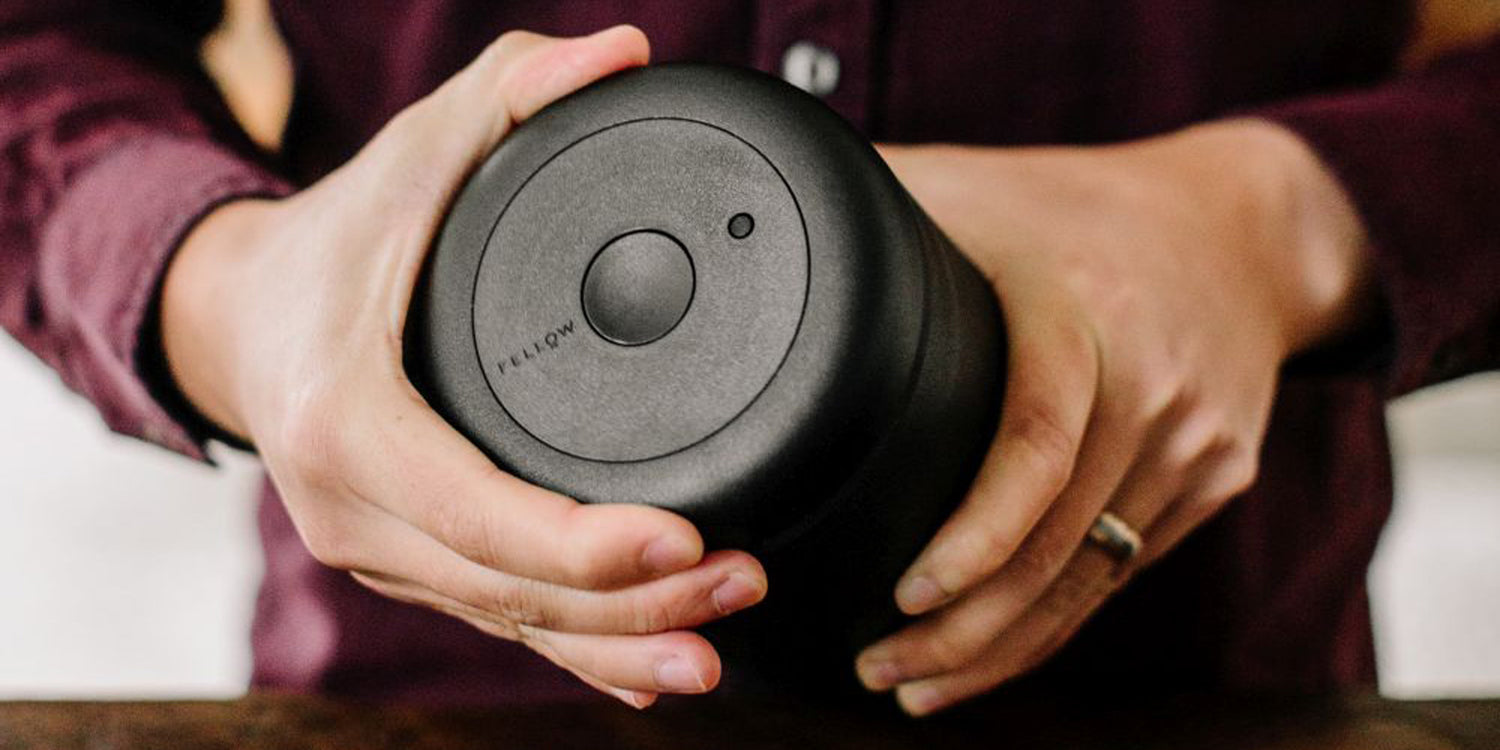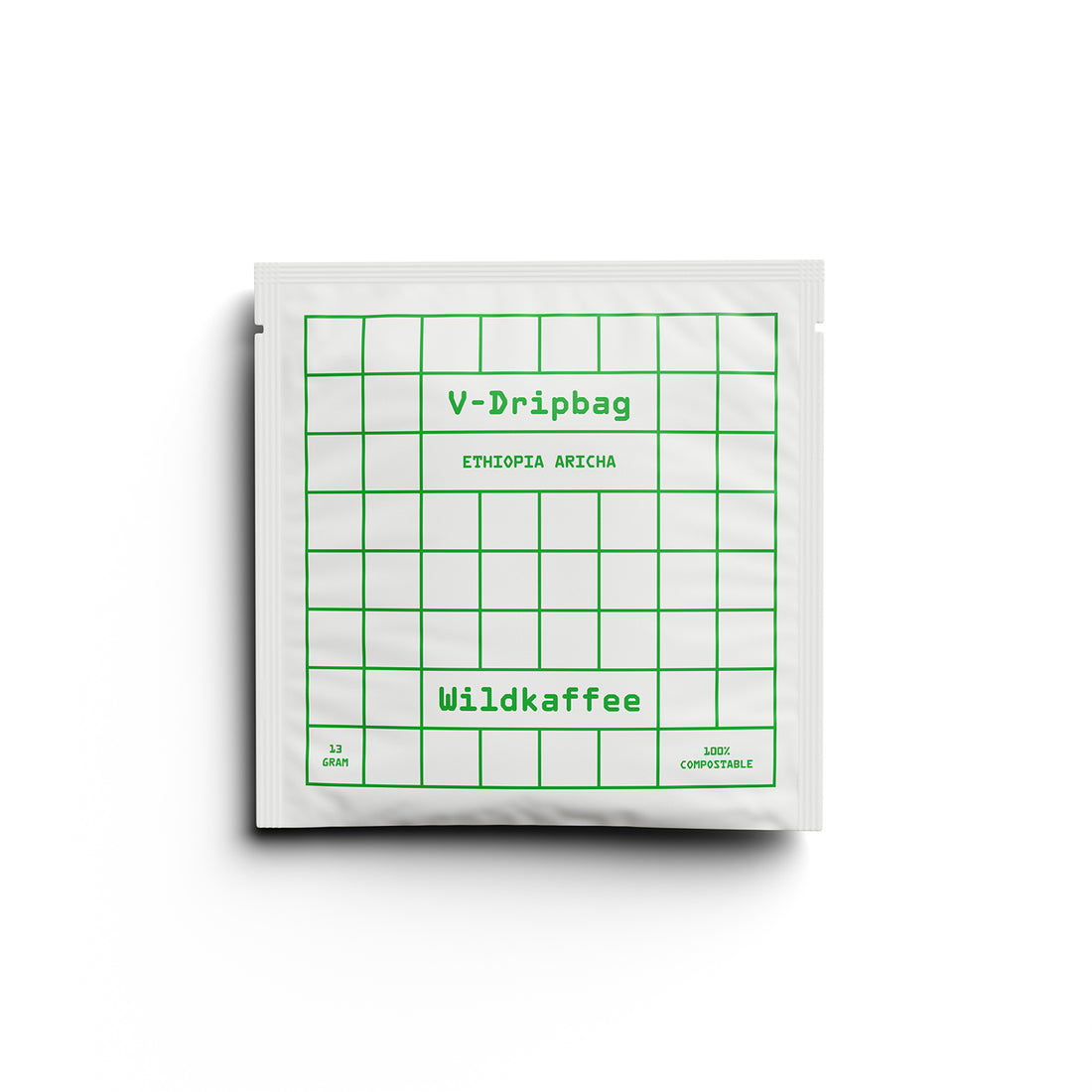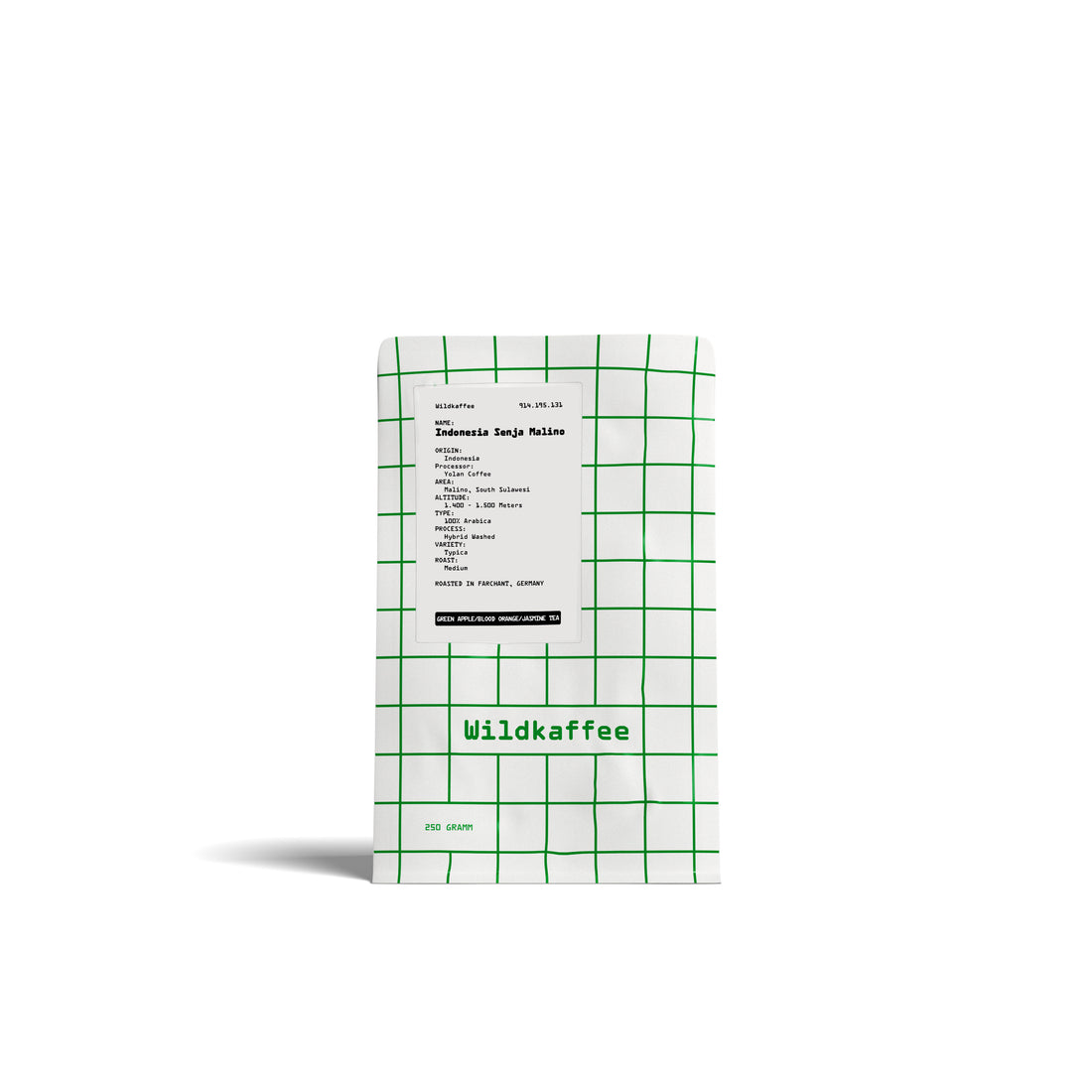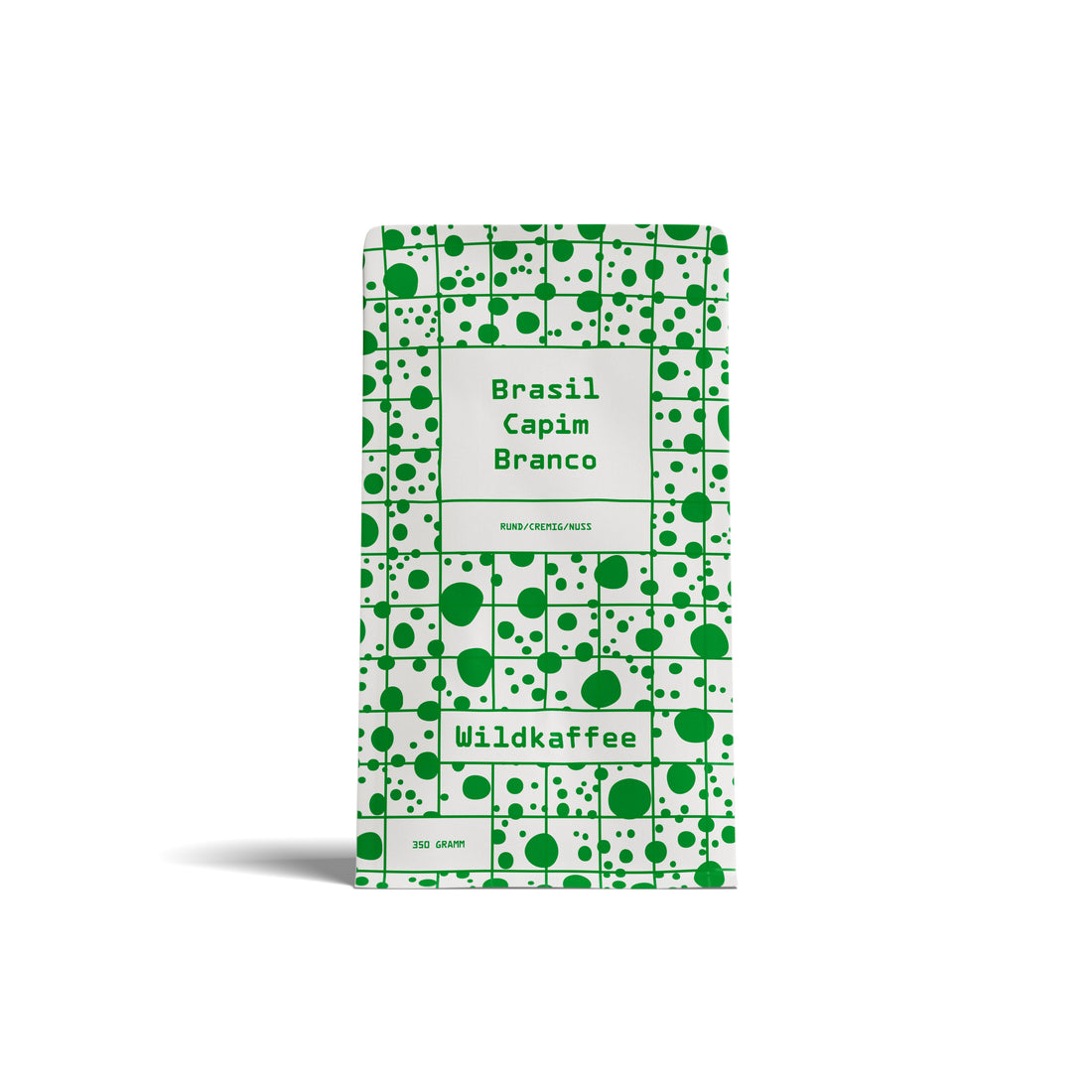Why does coffee lose its aroma?
After roasting, the bean begins to continuously release CO₂ and aromas – this so-called "degassing" process causes coffee to age shortly after opening. However, we need to make a distinction: In the first few days (and for dark roasts, up to two weeks), the coffee matures and then reaches its full aroma. Once this period is over, and in the worst case, the package is opened, the coffee becomes old and loses its aromatic density day by day.
The biggest enemies are:
- Oxygen (oxidation)
- moisture
- Light
- warmth
- other smells
These factors accelerate the breakdown of aromatic compounds and quickly turn your coffee into a bland experience. Or—in the case of other odors—your coffee can suddenly taste like something completely different.
Whole bean or ground – which is better?

You should always prefer whole beans! The idea is quite simple: Once ground, coffee has a much larger surface area and therefore loses flavor more quickly. If you don't have your own grinder, you should only buy small amounts of freshly ground coffee and use them quickly. Or you can buy a coffee machine with a built-in grinder: Fully automatic machines, for example, grind each serving fresh, and there are also compact portafilter machines ( and Sage's is also a very good one ) with integrated grinders.
How much time do I have?
We recommend consuming coffee beans ideally within three months, as the flavor only diminishes after that. However, our coffee beans generally have a shelf life of up to a year. For the best flavor experience, you should use ground coffee within two weeks. Of course, ground coffee will keep for a long time if stored in a dry place, but it loses flavor every day. Therefore, we recommend investing in a grinder, as coffee always tastes best when freshly ground. You can find good grinders, for example, in our online shop.
How to store coffee properly: The most important tips
As already mentioned, light, heat, moisture, and warmth are your coffee beans' biggest enemies. Our coffees come in resealable packages with an aroma valve, so you can basically store the coffee in the package in a dark, dry cupboard. But it can be even better.
Seal airtight
Use aroma-tight containers with a valve or tight-fitting lid. Oxygen is the main cause of aroma loss—the more airtight, the better. For example, Tupperware containers or mason jars.
Cool, but not in the refrigerator
The storage location should be dark and cool—ideally a pantry, cupboard, or a kitchen drawer. Coffee should never be stored in the refrigerator. Several dangers lurk there: Condensation can penetrate, which can lead to mold. Coffee quickly absorbs odors from the refrigerator, and no one wants their coffee to taste like cheese, onions, or liverwurst.

Avoid light
Light promotes coffee aging. Therefore, avoid using transparent glass or plastic containers! Instead, use dark, opaque containers or storage systems. Or place the transparent containers in a dark cupboard. You could also darken transparent containers with flavor-neutral substances. Or darken the outside with tape, aluminum foil, or something similar.
Don't buy too much in advance
The fresher, the better. Buy smaller quantities of your favorite coffee more often and pay attention to the roast date rather than the best-before date. Our roast date is always one year before the best-before date, plus or minus one to two days. Larger quantities of coffee also take longer to consume, and so the coffee may be a bit stale by the end and no longer taste as good and full-bodied as the first cup.
Always store coffee alone
When coffee is stored with other foods—especially in open or non-airtight containers—there's a risk that it will absorb foreign odors and moisture. This is due to its porous structure:
Loss of aroma: Coffee attracts other smells like a sponge (e.g. B. spices , onions or cheese ) and thereby loses its own aroma.
Moisture absorption: When stored near fresh food or in the refrigerator, coffee can absorb moisture, which can promote mold growth or premature oxidation.
Taste distortion: When prepared, the coffee tastes stale, musty or even “soapy”.
Therefore, coffee should always be stored separately, in an airtight container and away from strong-smelling or moist products.
Which containers are suitable for storage?
|
Container type |
fitness |
Advantages |
Disadvantages |
|
Aroma can with valve |
Very good |
Airtight, protects against CO₂ build-up |
Slightly more expensive |
|
Vacuum container |
Very good |
Removes oxygen |
Mechanics can wear out |
|
Ceramic jar with lid |
Good |
Lightproof, decorative |
Often not completely airtight |
|
glass jar |
Moderate |
Beautiful to look at |
Light and air permeable |
|
Original packaging |
Ok (short) |
Can be closed with a zipper |
Not for long-term storage |
Should you freeze coffee?
Yes and no – only under certain conditions. Whole beans can be frozen if you freeze them in small, airtight portions. So it's best to vacuum seal and seal them beforehand using a suitable device. Important: Defrost only once! Condensation and temperature fluctuations damage the beans. However, freezing is not recommended for daily use.
And ground coffee should never be frozen.
Conclusion: Enjoying fresh food begins with proper storage
Coffee is delicate—but with airtight containers, cool, dry storage, and freshly ground coffee, you can preserve its full aroma for a long time. Those who handle their coffee with care will be rewarded with a more intense flavor.




